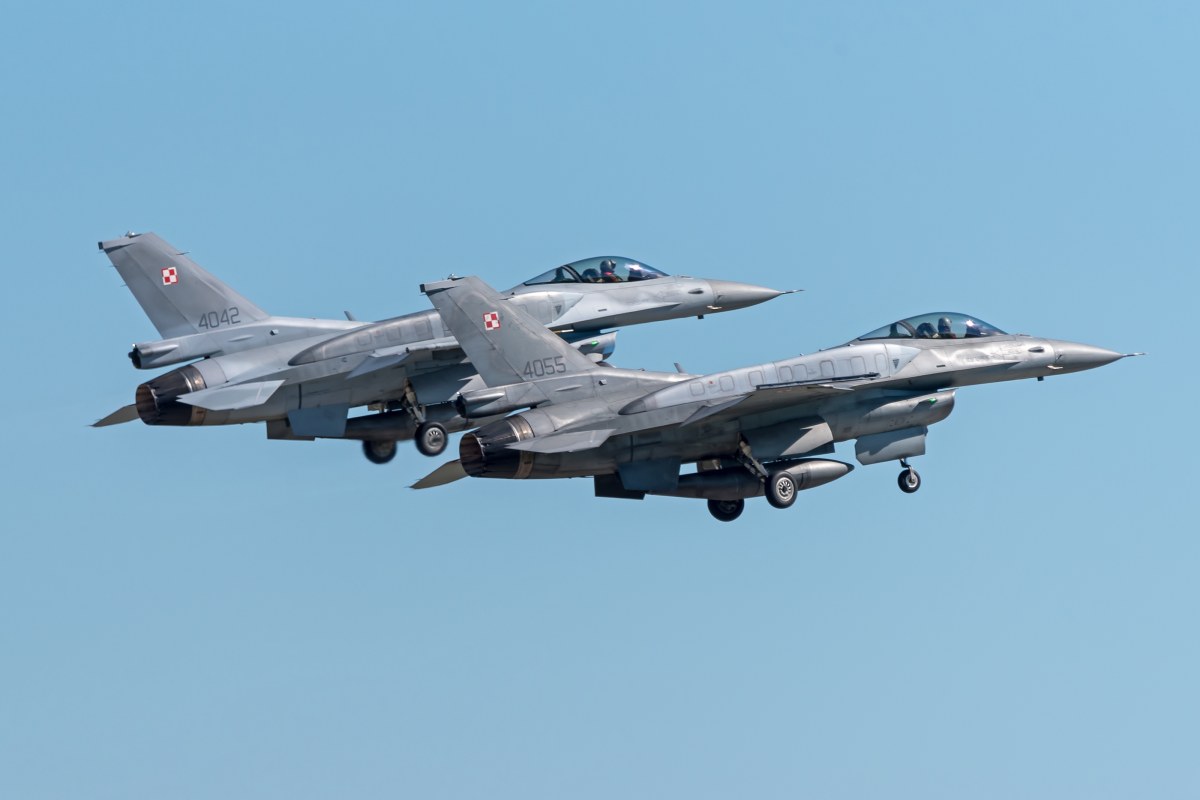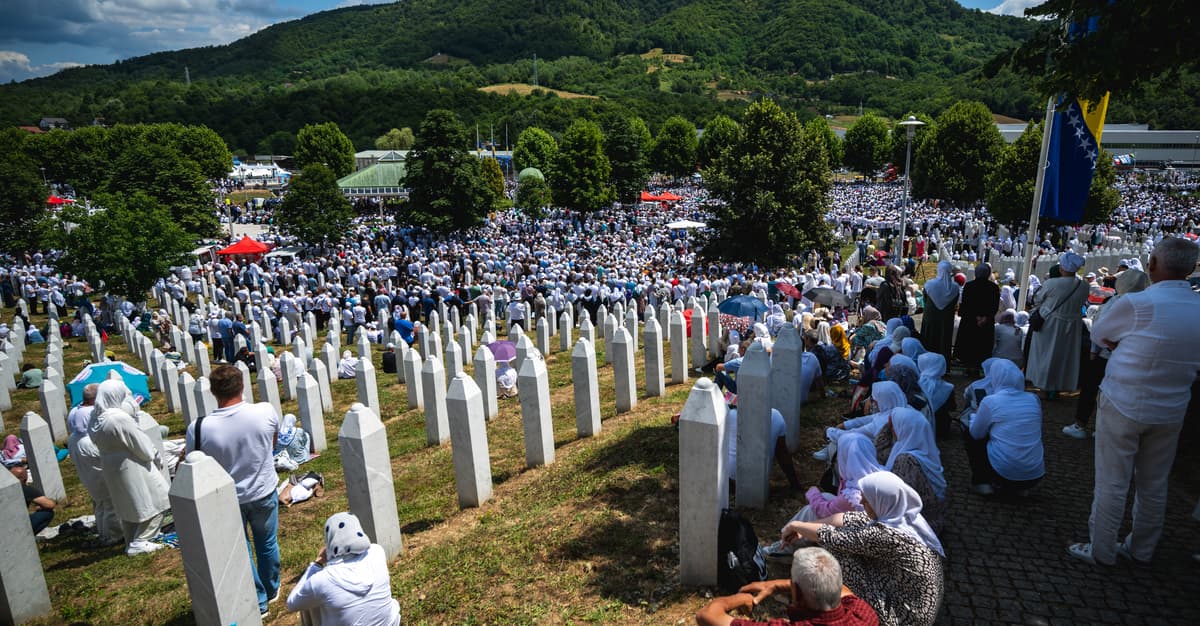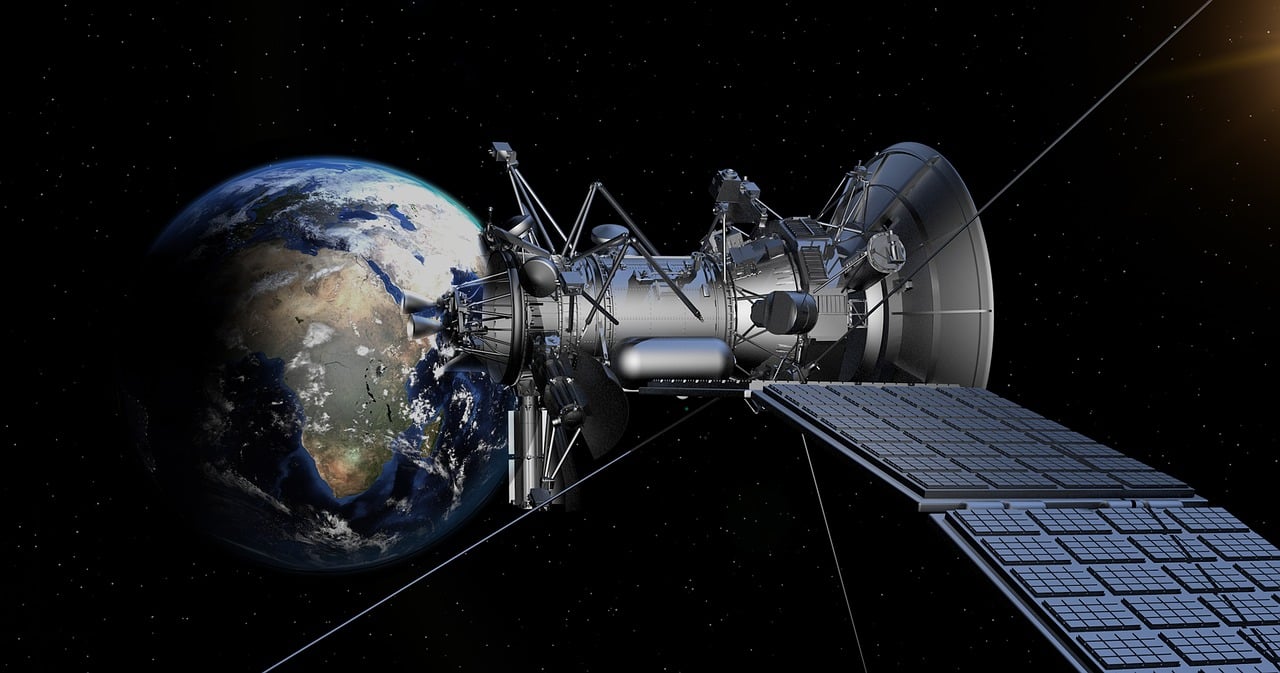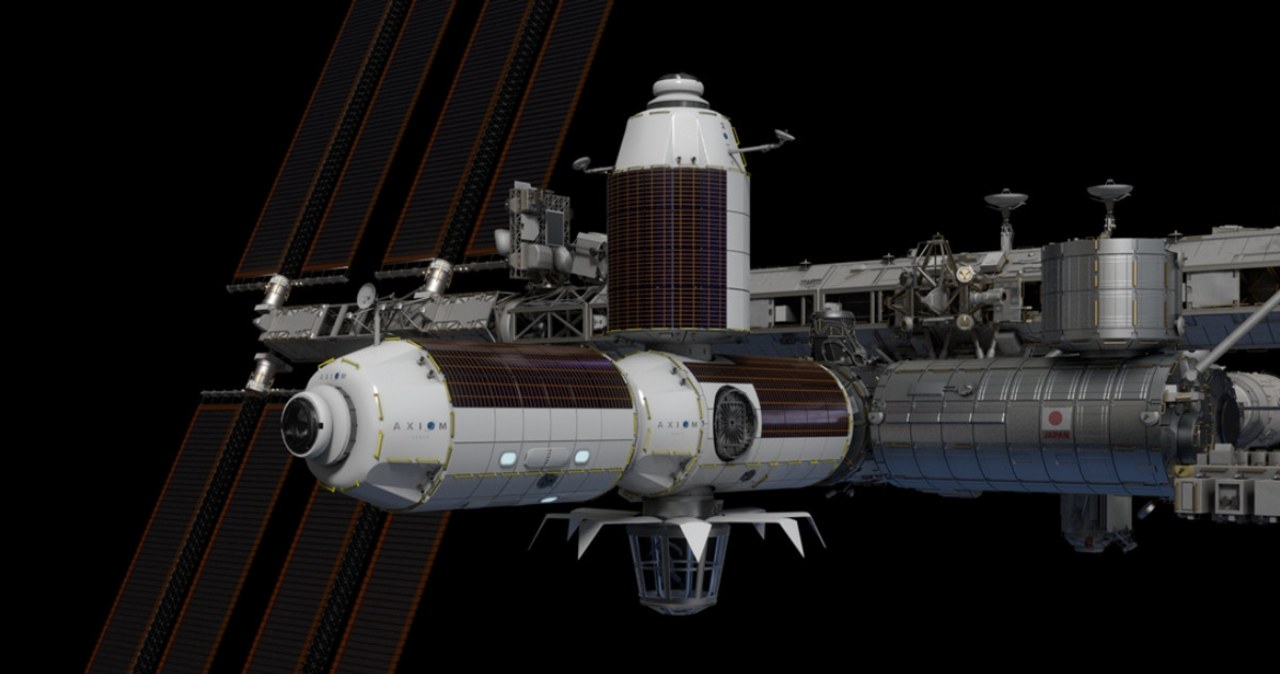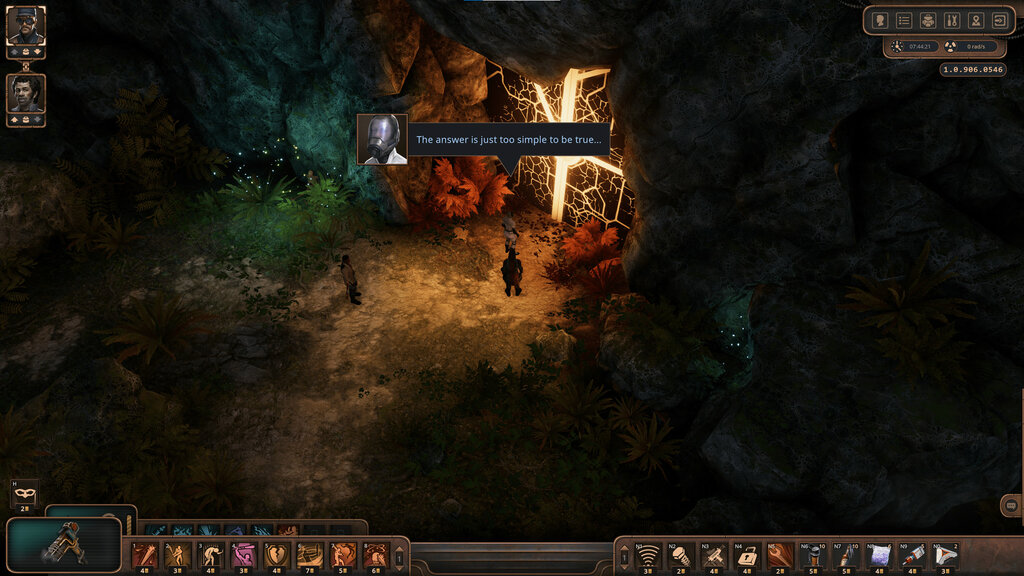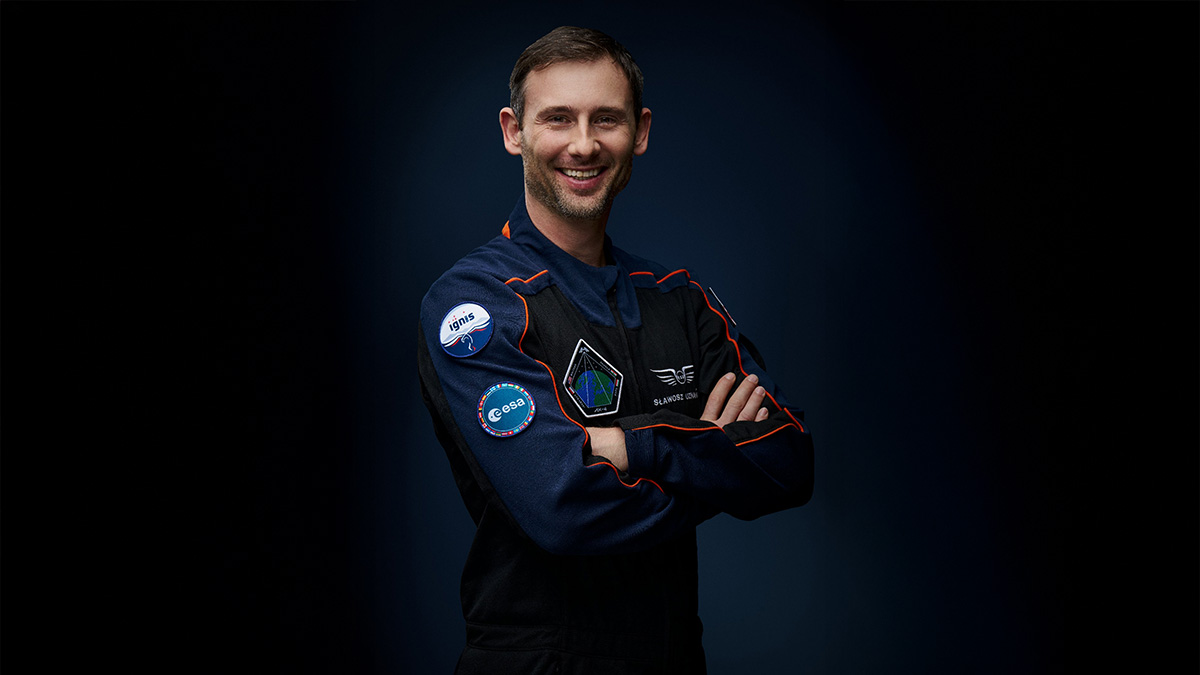During the War U-boats were the panic of Allied convoys. Called “corsars”, they frequently attacked effectively from hiding. The Allied coalition had to devote tremendous resources to protecting its own units in many places around Europe and on Atalntic.
As of August 1944, 1 group of Allied ships operated in the Aegean Sea, where it was to catch German ships and fight coastal artillery in Crete. Of a cruiser HMS Royalist The squad was led by an English admiral Thomas Troubridge.
The group included a Polish destroyer ORP Garland. In September, the Allies received a study that 2 U-boats were hiding close Crete. Unfortunately, despite the information available, allied units encountered only tiny enemy convoys. In blue waters Greece The patrols were mostly quiet.
Everything changed. September 18 close Santorini. In late afternoon, Polish sailors spotted black smoke on the surface of the water. The commander immediately ordered a change of course.
Smoke on the surface. ORP Garland is on his way to attack.
The following events were presented in item by Jerzy Pertek in the “Big Days of the tiny Fleet”. The relation is based on information from the ship's log and the memories of our sailors.
"Garland" began to approach the smoke. From a distance of 3 miles, it was clear that there was no submarine in the area. The sailors initially assumed that the smoke was coming out of a smoke buoy dropped by a plane.
From a distance of 400 metres, Garland detected small chimney sticking out of water. 200 meters from the target, our sailors were sure. An different object turned out to be diesel engine exhaust pipe On a submarine. Remaining submerged, the enemy unit ejected the exhaust and sucked fresh air from the surface.
"Garland's Commander" announced Combat alarm.
U-boat hunting. Germans vanish underwater
The sailors on “Garland” for a while besides saw a second component coming out of the water. Right behind the tube They saw a periscope of an enemy unit.. Seconds later, there was no sign of U-boat on the surface. Germany They became aware of the situation and began to descend to a greater depth.
Poles attacked immediately. First off the deck of their ship they fired a torpedo, moments later they dropped Deep-sea bombswhich fired from the destroyer for a minute sank to detonate under the surface. Our sailors dropped two tonnes of TNT 10 steel barrels.
The calm speech of the sea was torn by underwater explosions, and the air was raised by white fountains. But nothing else happened. In case of a U-boat hit, an oil stain should appear on the water. Meanwhile, the Germans disappeared.
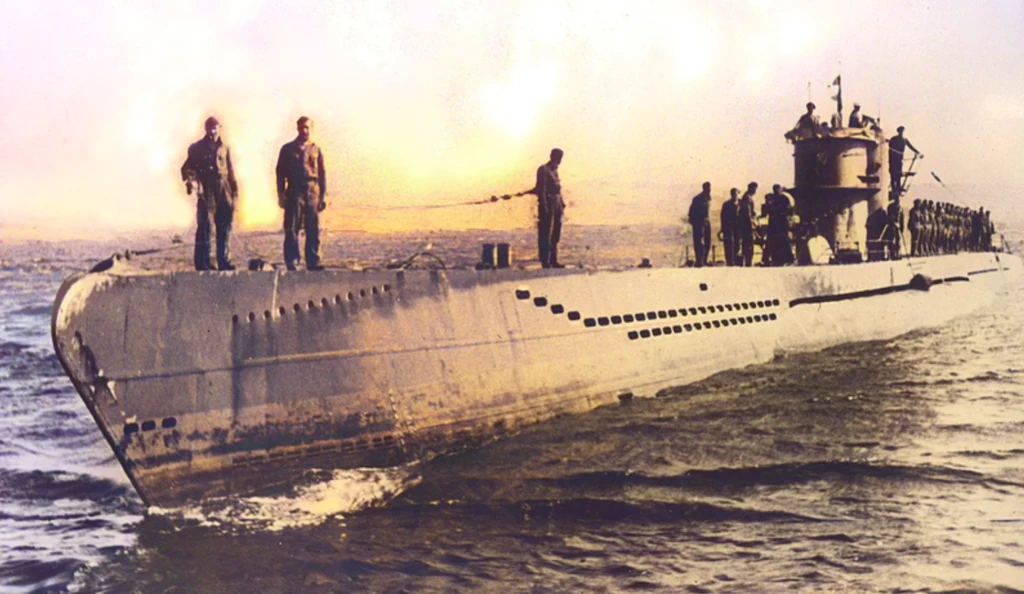
U-boat kind VII, same as U-407. Coloured photo♪ Oh, yeah ♪National Digital Archive♪ Oh, yeah ♪Public domain
Poles reported the attack of the squadron commander. About an hr after the enemy was detected, they joined the battlefield. Four British Destroyers. The case was not lost, the German hunt began.
However, time passed and no of the Allied ships could track the U-boat's listening equipment. Germans haven't been detected all night.. However, the bad situation besides had a good side. If the wire doesn't detect anything underwater, it means the enemy didn't activate the screws. He's not moving.
The Germans couldn't wait underwater forever. Eventually, they'll run out of air and They'll gotta surface. The Allied squad knew that.
Last torpedo. Poles save the British
The next day The silent morning breaks the salva 1 of the British destroyers. At 6:30. The allies saw the U-boat emerge, little than 3 kilometres from the team.
Poles respond immediately. "Garland" changes course and starts firing itself. The main artillery missiles are flying towards the submarine kiosk. Target has been hit, but this isn't the end of the fight..
The British squadron commander orders Poles to drop deep-sea bombs close the enemy to yet destruct U-boat.
"Garland" moves, but then our sailors see that Germany is changing course and turning its bow towards 1 of the British destroyers. They already know they lost. But they want to attack for the last time.
Our ship is expanding speed. He beats the waves and trying to set up for U-boatTo block the attack on an ally. The distance is getting smaller. Finally, “Garland” fires 9 bombs, set to detonate immediately underwater.
The battlefield is being torn apart again by the volleys of underwater detonation fountains. all 1 of them takes a German ship. Finally, our sailors see the bow of the U-boat leaning and the stern lifting. You can see the screws of a submarine above the surface. The fight's over.
German prisoners on Polish ship
Survivors swim on the surface of the water. The Germans are getting off a sinking ship.. Eventually, 3 sailors were killed from over 50 crews. As it later turned out, those who remained on the ship with a losing mission to launch the last torpedo. due to the fast reaction of Poles, they did not make it.
The last evidence of combat action on the Polish ship is information about the location of the sinking of the enemy. U-407 sank about 100 kilometres north of Crete and 20 kilometres south of Melos Islands.
German sailors fish out boats of British destroyers. However, the U-boat crew yet board the Garland, as Admiral Troubridge decided. As Jerzy Pertek emphasizes, the admiral in this way honored Polish crewThe first to detect, followed and yet struck U-boat.
The ORP “Garland” flows with the prisoners to an allied port in Alexandria, where it is to repair its own destruction. During the final attack The bow of the U-407 damaged our ship's side..
On September 20, Poles arrive at the port without obstacles and give prisoners of local gendarmerie. On the same day, Admiral Troubridge sends a message to all ships on his team: “U-407 sank. Long live Poland!’
Ziobro: This is complete embarrassment♪ Oh, yeah ♪Polsat News♪ Oh, yeah ♪Polsat News

